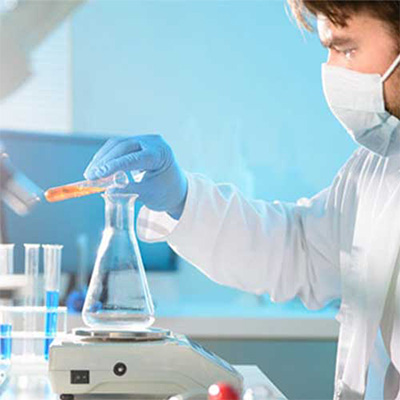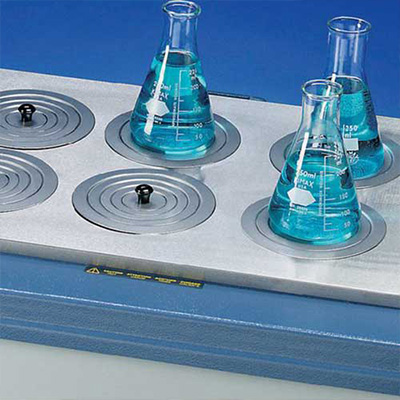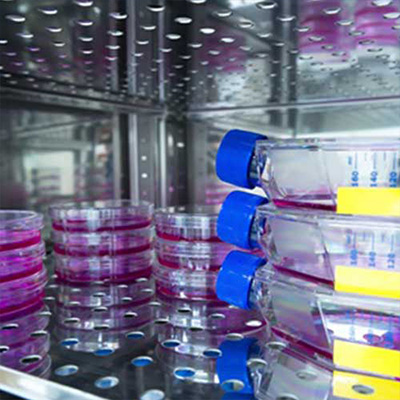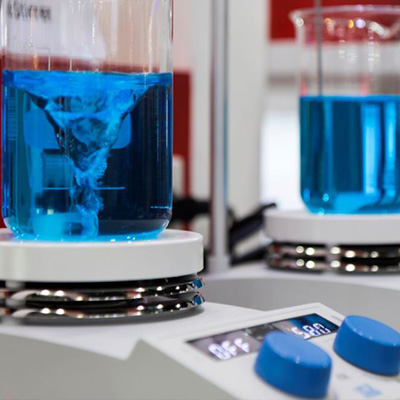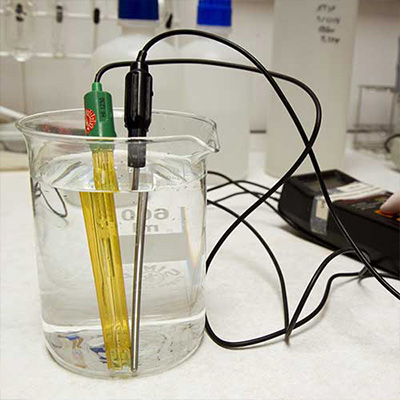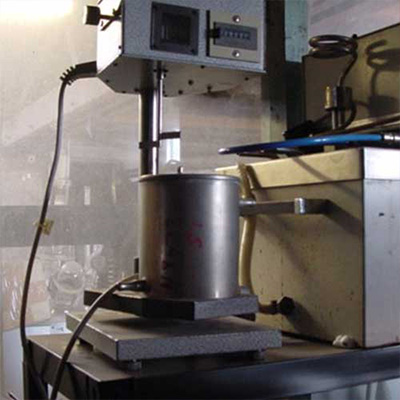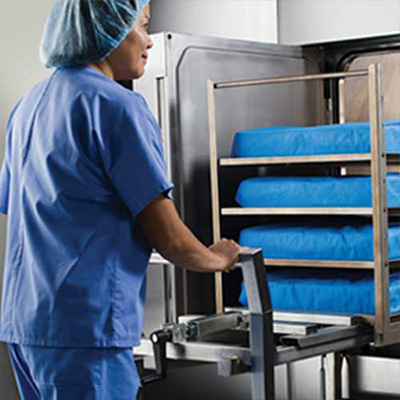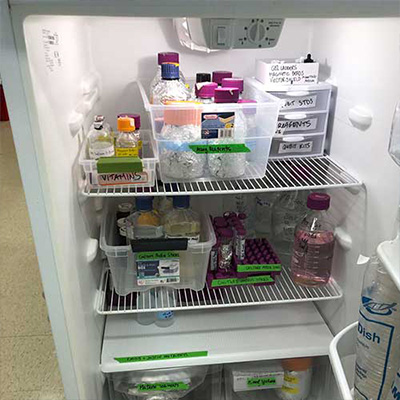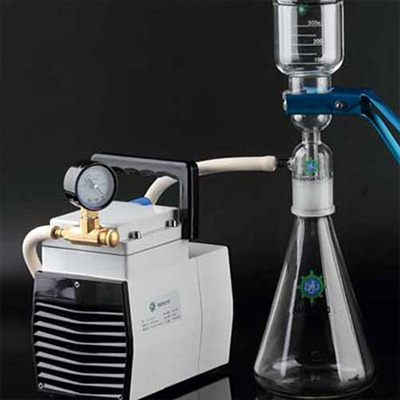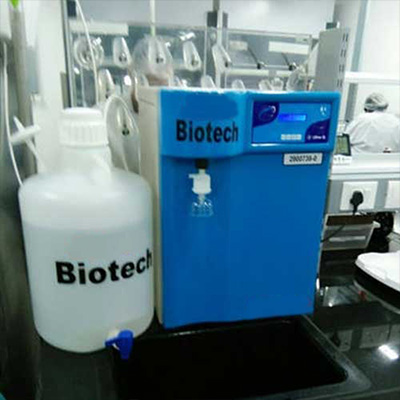The balance is the most commonly used weighing instrument in the laboratory. There are many types of balances, such as electronic analytical balances, precision balances, and micro balance. You need to choose them according to your weighing accuracy requirements, many choices for you, we recommend 0.1mg(analytical balance)/0.01mg(micro analytical balance).
- Analytical Balance
- Micro Balance
- Precision Balance
- Weighing Scale
- Moisture Analyzer
A special instrument is required for constant temperature heating and drying of the sample. The drying oven is a commonly used laboratory drying equipment, which is divided into an electric blast drying oven and vacuum drying oven.Water bath and the metal bath are thermostatically controlled. Heating mantle is used for precise temperature control heating of glass containers.
- Drying Oven
- Vacuum Drying Oven
- Water Bath
- Dry Bath
- Heating Mantle
The incubator is a temperature controlled, chamber device for incubating microorganisms, plants and animal cells, some has a two-way temperature regulation system for cooling and heating, and a foam plastic such as polyurethane is used as the heat insulating material inside. The inner material is stainless steel, which has strong corrosion resistance. Incubator has heating, cooling and automatic temperature control functions.
- Biochemical Incubator
- Heating Incubator
- Shaking Incubator
- CO2 Incubator
- Anaerobic Incubator
- Constant Temperature & Humidity Chamber
Before the sample analysis, it is necessary to carry out pre-treatment, and the sample needs to be mixed, stirred, shaken, homogenized. The mixer can be applied to homogeneous agitation of compatible liquids, as well as to the dissolution and mixing of solid particles in the liquid. Magnetic stirrers are mainly suitable for low viscosity liquids and solid-liquid mixing. The electronic mixer is suitable for high viscosity liquid or solid liquid mixing.
- Vortex
- Mixer
- Magnetic Stirrer
- Orbital Shaker
- Homogenizer
If your lab is focused on water quality analysis, then you will need many electrochemical instruments. The pH meter helps you detect the pH of the solution. A conductivity meter is used to estimate the total or salt content of ions in water. The dissolved oxygen meter is used to measure the oxygen content in the water. An ion meter is used to measure the concentration of ions in a solution.
- pH Meter
- Conductivity Meter
- Dissolved Oxygen Meters
- Ion meter
- Karl Fischer Moisture Analyzer
- Potential Titrator
- Turbidity Meter
A centrifuge is an instrument which can separate the liquid in the sample mixture form from solid particles or liquid and liquid, using centrifugal force, according to different principles such as sedimentation coefficient of each component in the mixture , mass, density. This instrument can be found in most laboratories.
- Mini Centrifuge
- Low Speed Centrifuge
- Low Speed Refrigerated Centrifuge
- High Speed Centrifuge
- High Speed Refrigerated Centrifuge
The melting point meter is used to measure the melting point of the sample; The colorimeter is used to measure the tristimulus value or the chromaticity coordinate of the object color; Polarimeter can measure the concentration, content and purity of the substance by measuring the optical rotation of the sample. Refractometer is an instrument that uses light to test the concentration of a liquid. Viscometer is a physical property analyzer that measures the viscosity of a fluid. Whiteness meter is mainly suitable for measuring the whiteness of objects or powders with a non-colored surface, and the opacity of the paper can be accurately measured.
- Viscometer
- Whiteness Meter
- Refractometer
- Polarimeter
- Colorimeter
- Melting-point Apparatus
When you complete the experiment, various glass instruments, such as test tubes, flasks, etc., have been contaminated with various chemical reagents, including gases in the reagents. At this time, you need special equipment for cleaning and sterilization. Commonly used equipment is ultrasonic cleaner, bottle washer, steam sterilizer.The ultrasonic cleaning machine can emit high-frequency mechanical oscillations, so that the cleaning fluid has an ultrasonic cavitation effect, and the micro bubbles are formed to impact the gaps on the surface of the object, so that the pollutants are peeled off to achieve the purpose of cleaning.
- Industrial Ultrasonic Cleaner
- Portable Ultrasonic Cleaner
- Vertical Autoclave Sterilizer
- Portable Autoclave Sterilizer
- Laboratory Glassware Washer
The laboratory refrigerator is an necessary instrument for storing refrigerated, low-temperature, and thermostatic samples. According to the different temperature requirements of the sample, it can be divided into blood bank refrigerator, laboratory refrigerator, low temperature freezer,. The laboratory low temperature freezer has -25 degrees, -40 degrees, two different options.
- Laboratory Refrigerator
- Laboratory Freezer
- Freeze Dryer
- Low Temperature Thermostat Water Tank
The laboratory vacuum equipment needs to be used with other laboratory instruments and is not a single-operation device. With different devices, the purpose is different.
- Circulating Water Vacuum Pump
- Diaphragm Vacuum Pump
- Rotary Vane Vacuum Pump
There are many purification methods in the laboratory, deionization, distillation, filtration reverse osmosis, and ultra-filtration. The experimental water purification equipment mainly includes distilled water and water purifier machine.
- Lab Water Purifier
- Lab Water Distiller
- Rotary Evaporator
Biological safety cabinet, fume hoods, and clean bench are commonly used in laboratories. The clean bench is designed to protect the sample and prevents the sample from being contaminated by dust or bacteria outside the work area by blowing vertical or horizontal laminar air through the work area.
- Clean Bench
- Biological Safety Cabinet
- Fume Hood















